Bone Grafting in Henderson, NV
Build a Strong Foundation for Your Dental Implants
At Comprehensive Dental Implant Center in Henderson, NV, we provide expert bone grafting services to create the ideal foundation for successful dental implants. When bone loss has compromised your jaw’s ability to support implants, bone grafting restores the necessary volume and density for long-lasting results.
Dr. Gregg Hendrickson and our specialized team use advanced techniques and premium materials to ensure your bone graft integrates successfully, setting the stage for beautiful, functional dental implants that last a lifetime.
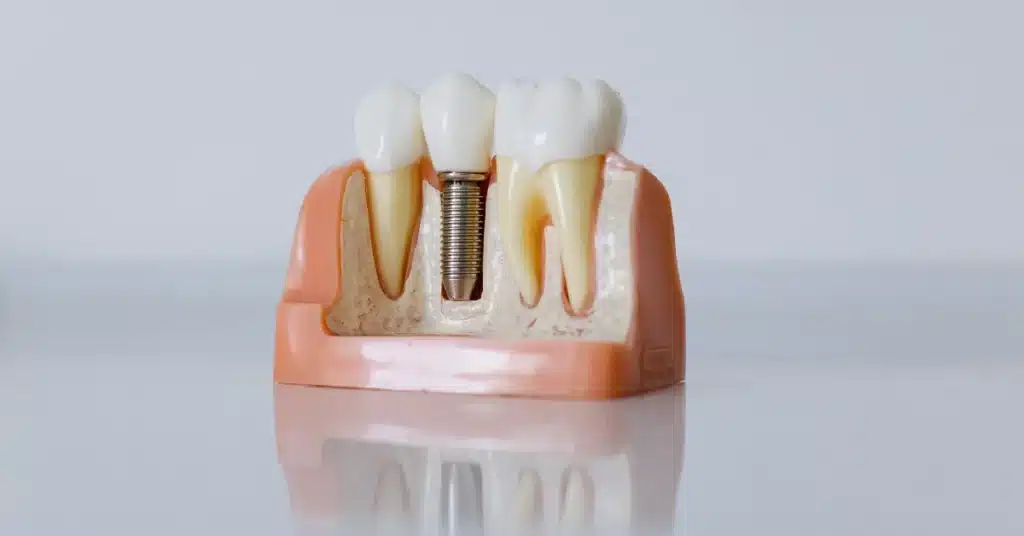
What Is Bone Grafting?
Bone grafting is a surgical procedure that adds bone or bone-substitute materials to areas of the jaw where bone volume or density is insufficient to support dental implants. This foundational procedure creates the strong, stable base necessary for successful implant placement and long-term oral health.
At our Henderson practice, we use state-of-the-art techniques and materials to ensure your bone graft integrates seamlessly with your natural bone, providing the optimal environment for dental implant success.
Common Uses for Bone Grafting:
- Socket Preservation: Immediate grafting after tooth extraction prevents bone loss and maintains the socket’s integrity for future implant placement.
- Ridge Augmentation: Rebuilds width and height in areas where the jawbone has become too narrow or flat to support implants effectively.
- Sinus Lifts: Increases bone height in the upper jaw by lifting the sinus membrane and adding bone material beneath it.
- Periodontal Bone Regeneration: Restores bone destroyed by gum disease, creating a healthy foundation for implants or natural teeth.
- Major Bone Reconstruction: Comprehensive rebuilding of severely compromised bone structure due to trauma, infection, or extended tooth loss.
Why Choose Bone Grafting?
Understanding the benefits of bone grafting helps you make informed decisions about your dental implant treatment. This essential procedure provides the foundation for long-term oral health success.
The precision and advanced materials used in modern bone grafting make it a predictable, successful treatment that dramatically improves implant outcomes.
Essential Foundation Building
Bone grafting provides the necessary bone volume and density that dental implants require for stable, long-lasting integration with your jaw.
Preserves Facial Structure
By maintaining proper bone volume, grafting prevents the facial collapse and premature aging that occurs when jawbone deteriorates over time.
Maximizes Implant Success
Adequate bone support significantly increases the success rate of dental implants, reducing the risk of implant failure and ensuring optimal function.
Prevents Further Bone Loss
Once integrated, bone grafts help maintain existing bone structure and prevent the progressive deterioration that naturally occurs after tooth loss.
Creates Treatment Options
Successful bone grafting opens possibilities for implant placement that wouldn’t be possible with insufficient bone, giving you more treatment choices.
Long-Term Oral Health
A strong bone foundation supports not only implants but also helps maintain the health and stability of surrounding natural teeth.
What to Expect During Your Bone Grafting Process
We ensure your comfort and understanding throughout every step of your bone grafting journey. Here’s what you can expect during your treatment:
- Comprehensive 3D Evaluation: Dr. Hendrickson uses advanced imaging technology to assess your bone structure and create a detailed treatment plan tailored to your specific needs
- Material Selection: We carefully select the most appropriate bone graft material—whether from your own body, donor sources, or advanced synthetic alternatives—based on your unique situation
- Precise Surgical Placement: Using proven techniques, Dr. Hendrickson places the graft material exactly where needed, securing it for optimal integration with your existing bone
- Healing Period Management: During the 3-6 month integration period, we monitor your progress closely and provide guidance to ensure successful bone development
- Implant Readiness Assessment: Once your graft has fully integrated, we evaluate the site to confirm it’s ready for dental implant placement
- Seamless Implant Transition: With your strong new bone foundation in place, we can proceed confidently with dental implant placement for optimal results
The bone grafting process typically requires one surgical appointment followed by a healing period, during which your body naturally integrates the graft material with your existing bone.

Types of Bone Grafting We Offer
Different situations require different grafting approaches. We offer comprehensive bone grafting solutions tailored to your specific needs and treatment goals.
Socket Preservation Grafting
Performed immediately after tooth extraction, this procedure fills the empty socket with bone material to prevent the natural bone loss that occurs when a tooth is removed. Socket preservation maintains the site’s dimensions and prepares it for future implant placement.
Ridge Augmentation
When the jawbone lacks sufficient width or height for implant placement, ridge augmentation rebuilds the bone structure. This procedure uses bone graft materials to restore proper dimensions, creating an ideal foundation for one or multiple implants.
Sinus Lift Procedures
The sinus lift addresses insufficient bone height in the upper jaw’s posterior region. By gently lifting the sinus membrane and placing bone material beneath it, we create the vertical space needed for successful upper jaw implant placement.
Major Bone Reconstruction
For patients with significant bone loss due to trauma, infection, or long-term tooth loss, major reconstruction rebuilds substantial portions of the jaw. This comprehensive approach restores both function and facial support.
Bone Graft Materials We Use
We select the most appropriate bone graft material based on your individual needs, healing capacity, and treatment goals.
Autografts
Your Own Bone
Harvested from another area of your body, typically the chin or hip, autografts offer excellent integration potential with your natural bone.
Allografts
Human Donor Bone
Processed donor bone provides excellent scaffolding for your natural bone growth while eliminating the need for a second surgical site.
Xenografts
Animal-Derived
Typically bovine-derived, these materials offer proven effectiveness with excellent biocompatibility and long-term stability.
Synthetic Materials
Alloplasts
Advanced synthetic bone substitutes provide predictable results with no risk of disease transmission and consistent quality.
How Bone Grafting Works
See how bone grafting creates the perfect foundation for successful dental implant placement through this step-by-step process.
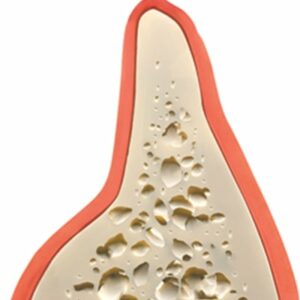
Insufficient Bone
Tooth with bone loss. No room for a dental implant due to insufficient bone volume and density.
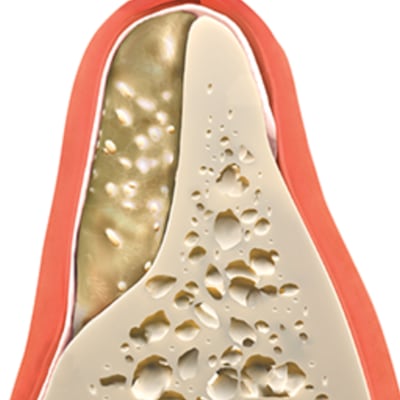
Bone Graft Placed
Bone graft placed (darker area). The graft material provides scaffolding for new bone growth.
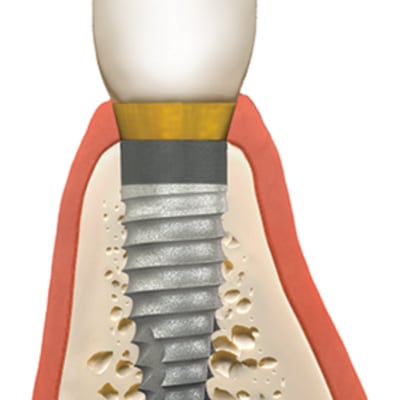
Successful Integration
Successful graft. Bone has integrated and accepted the dental implant with a strong, stable foundation.
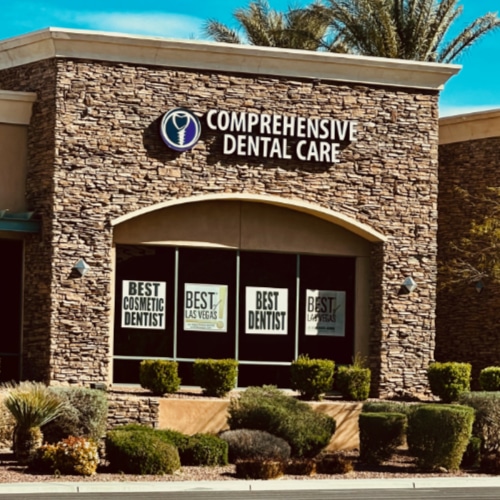
Why Choose Us for Bone Grafting in Henderson, NV?
At Comprehensive Dental Care, we combine surgical expertise with advanced technology to deliver exceptional bone grafting results. Patients choose us because:
- Specialized Expertise: Dr. Hendrickson’s extensive experience in bone grafting and implant dentistry ensures optimal outcomes and minimized treatment time
- Advanced Technology: We use 3D imaging and computer-guided planning to place grafts with precision, improving success rates and reducing healing time
- Comprehensive Care: From initial evaluation through final implant placement, we coordinate your entire treatment journey for seamless, efficient care
- Premium Materials: We use only the highest-quality bone graft materials from trusted manufacturers, ensuring reliable integration and long-term success
- Comfort-Focused Approach: Our sedation options and gentle techniques make bone grafting procedures comfortable and stress-free
- Proven Results: Our patients consistently achieve successful bone integration, creating ideal foundations for beautiful, functional dental implants that last decades
Frequently Asked Questions About Bone Grafting
Our Patients Say The Nicest Things!
Schedule Your Consultation Today
Don’t let bone loss prevent you from getting the dental implants you deserve. Bone grafting creates the strong foundation needed for successful, long-lasting implant placement and restores your jawbone’s health and structure.
Call us today or book your appointment online to schedule a consultation for bone grafting in Henderson, NV.


